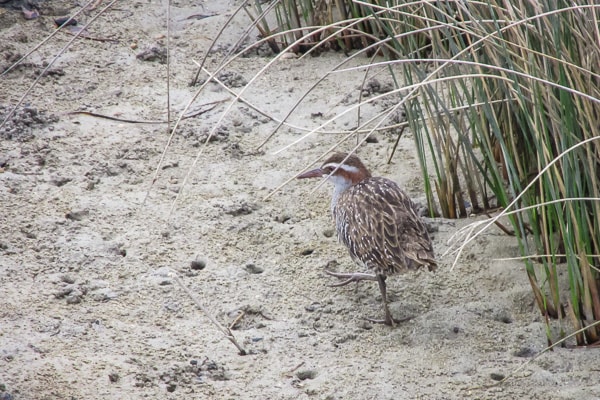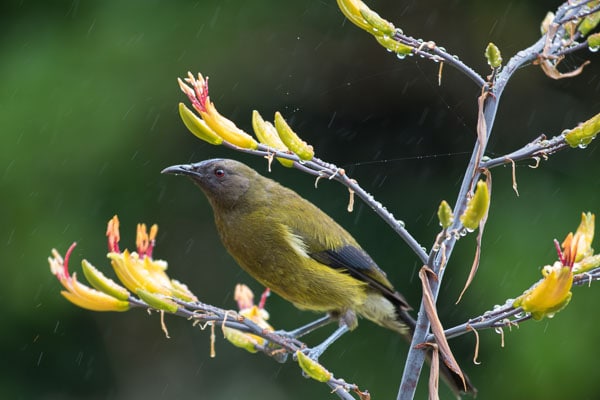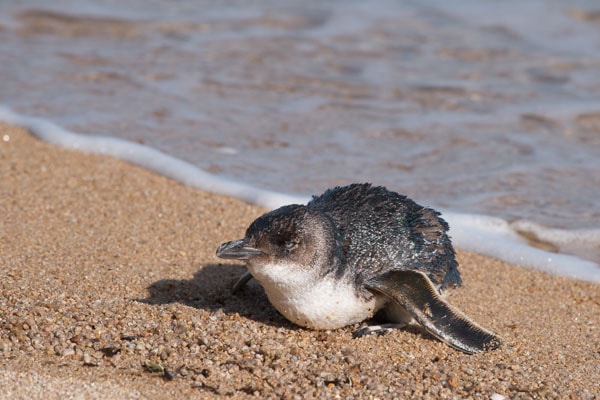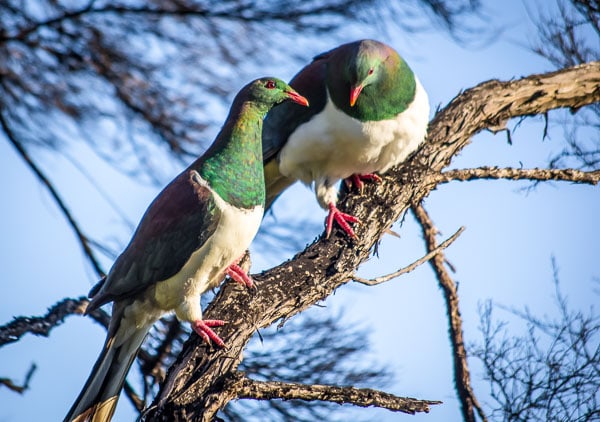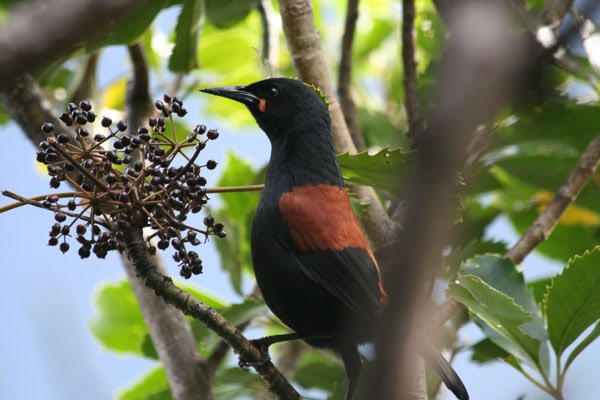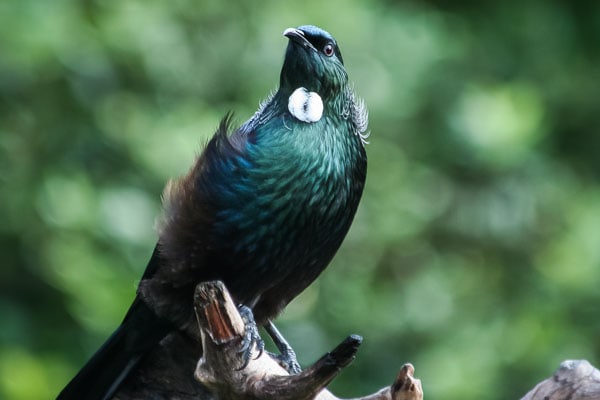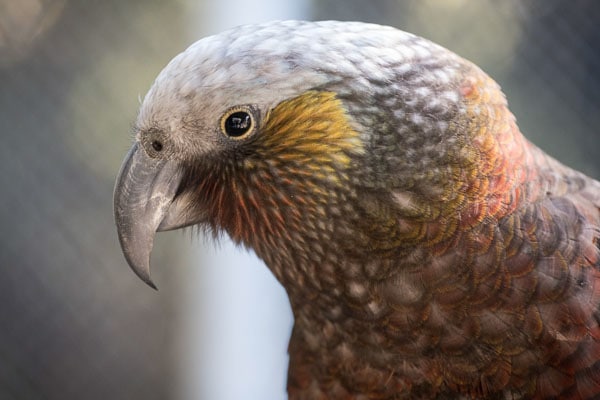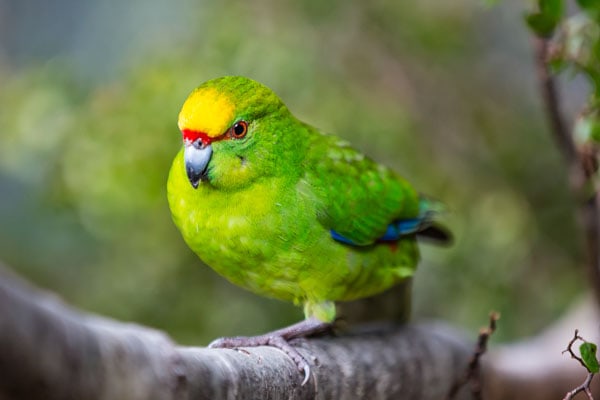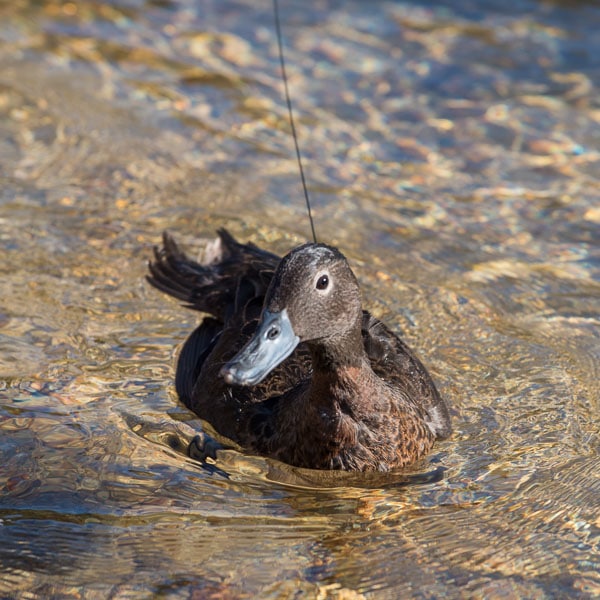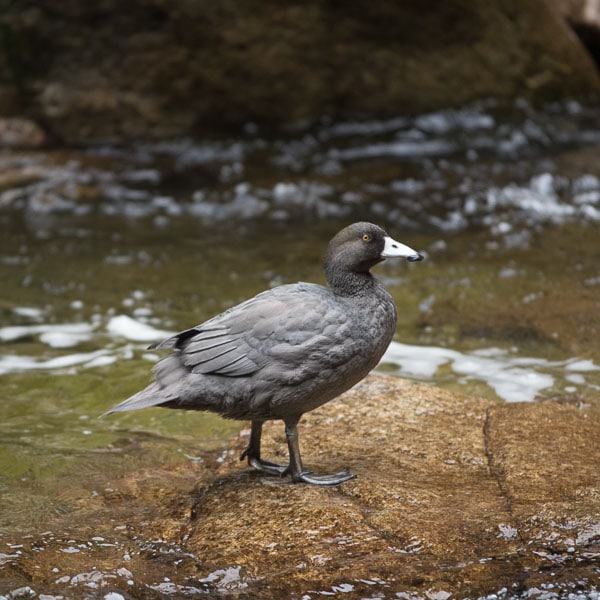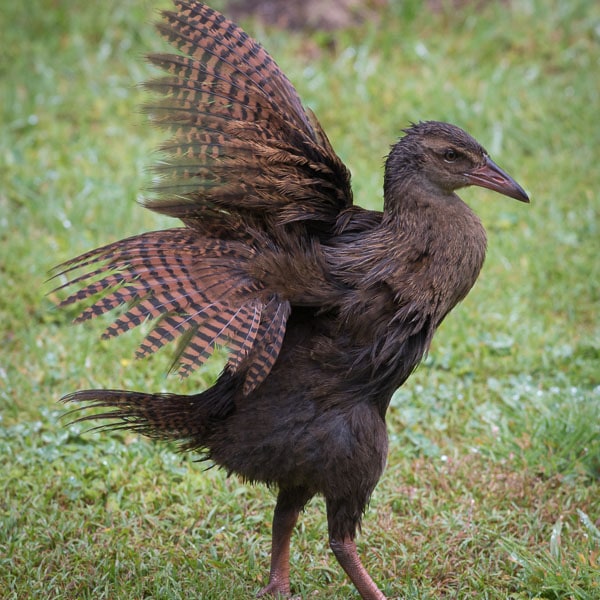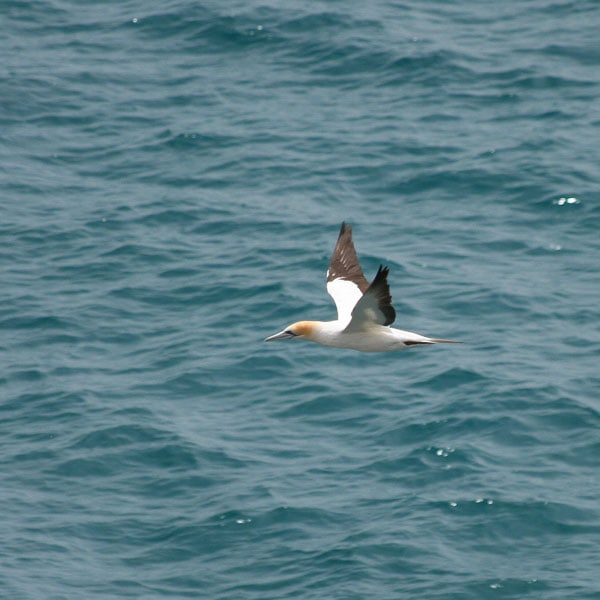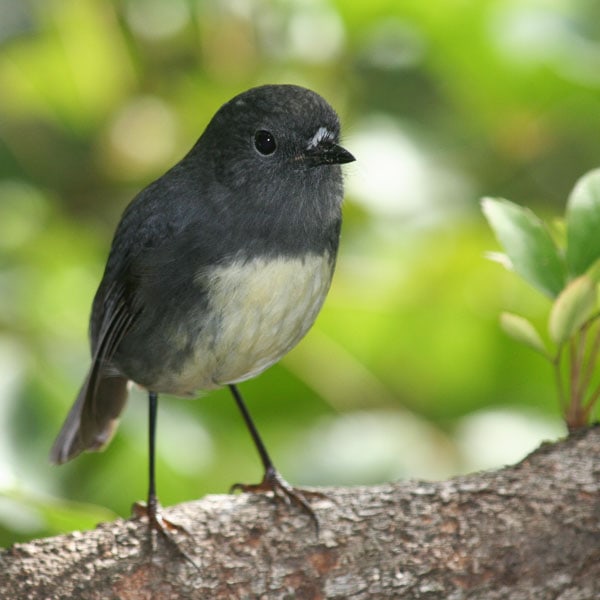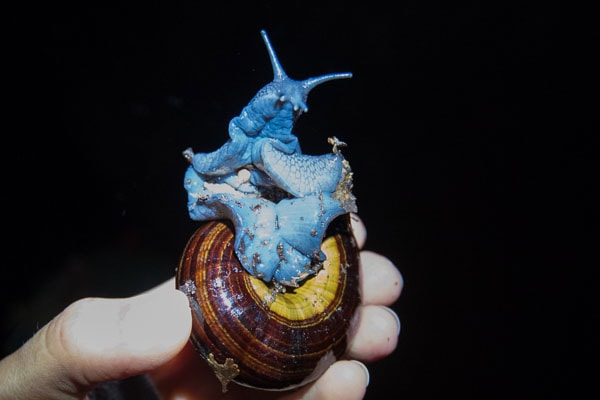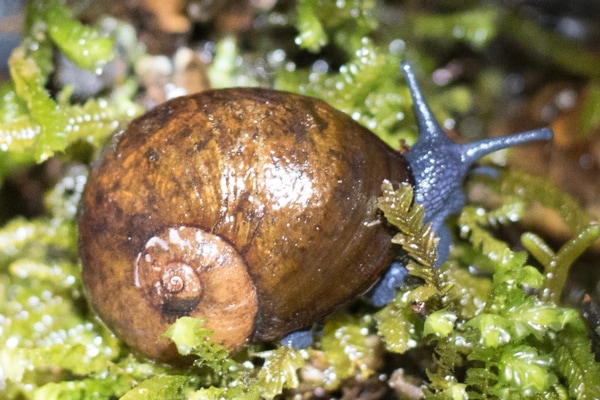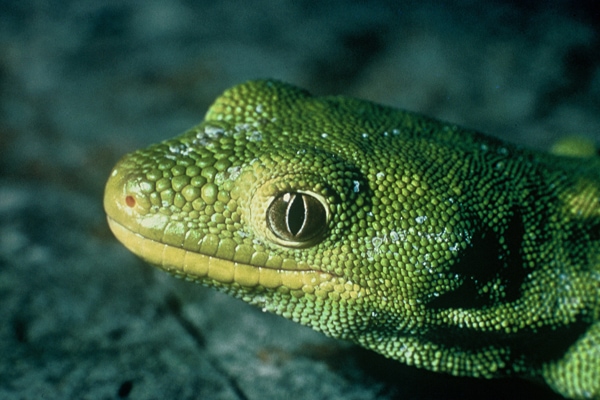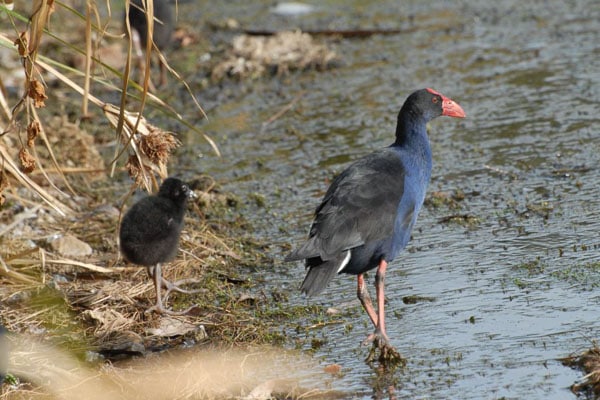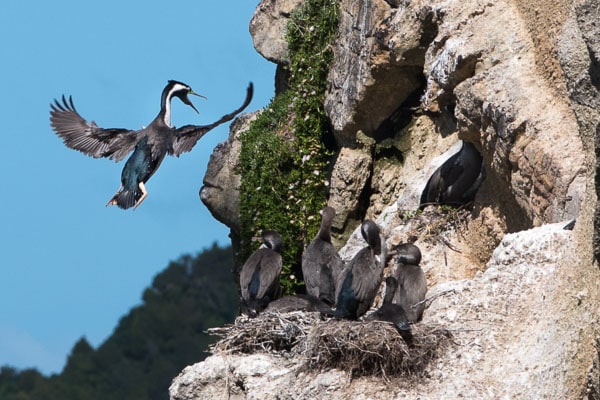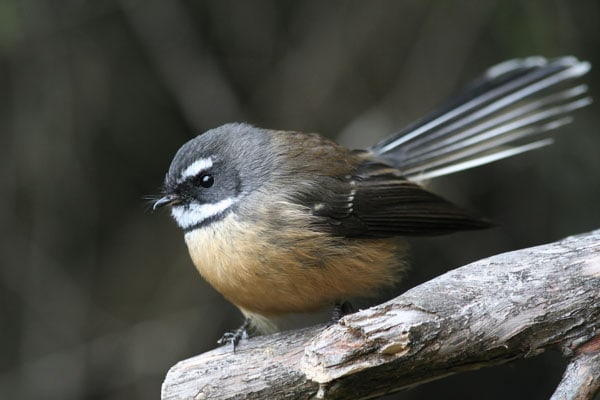
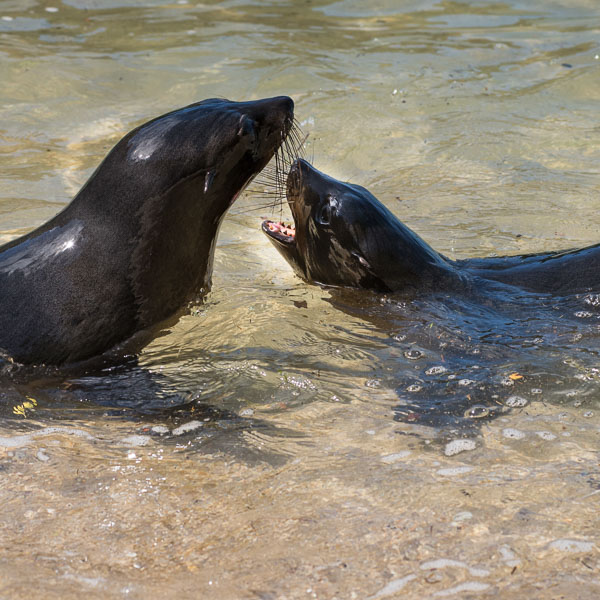
Kekeno / NZ fur seals
Fur seals, or kekeno, are the most common seals in New Zealand and several hundred make the Abel Tasman coastline their home. Tonga Island is the main breeding colony, and they are also seen regularly by kayakers and boaters at Motuareronui Adele Island. Breeding also occurs elsewhere along the coast, notably at Separation Point.
Before the arrivals of humans it is estimated there were about 2 million in New Zealand. However Māori hunted them for food and European fur sealers for meat and pelts, so by the 1700s and 1800s they were nearly extinct. Hunting was banned in 1894 and since their wider protection in 1978 the population has recovered and it is estimated they now number well over 100,000.
New Zealand fur seals dive deeper than any other fur seal – most dive around 100m but some females go deeper than 240m. They feed mainly offshore on squid and small fish but can also eat larger species like conger eels, barracuda and hoki. Squid, pilchard and anchovy are their main prey in Tasman Bay. Adult males weigh up to 180kg and reach a maximum length of 2.5m; females are smaller at 30-50kg and up to 1.5m long.
Breeding season is December and January and females will give birth to a single pup most years from 4-6 years old until their death at approximately 14-17 years old. Pups are weaned in the spring and females will alternate foraging trips of between 1-20 days at sea with 1-2 day periods when they suckle their young.
Pups start to feed on solid food before weaning, and spend a large proportion of time playing with other pups and objects such as seaweed and reef fish.
When viewing seals that have come on shore, it is important to stay at least 20m away and not to disturb them. Never attempt to touch or handle a seal as they can be aggressive if threatened and have a nasty, infectious bite. They also move surprisingly fast on land.
Photos courtesy of Ruth Bollongino fernphotos.com

